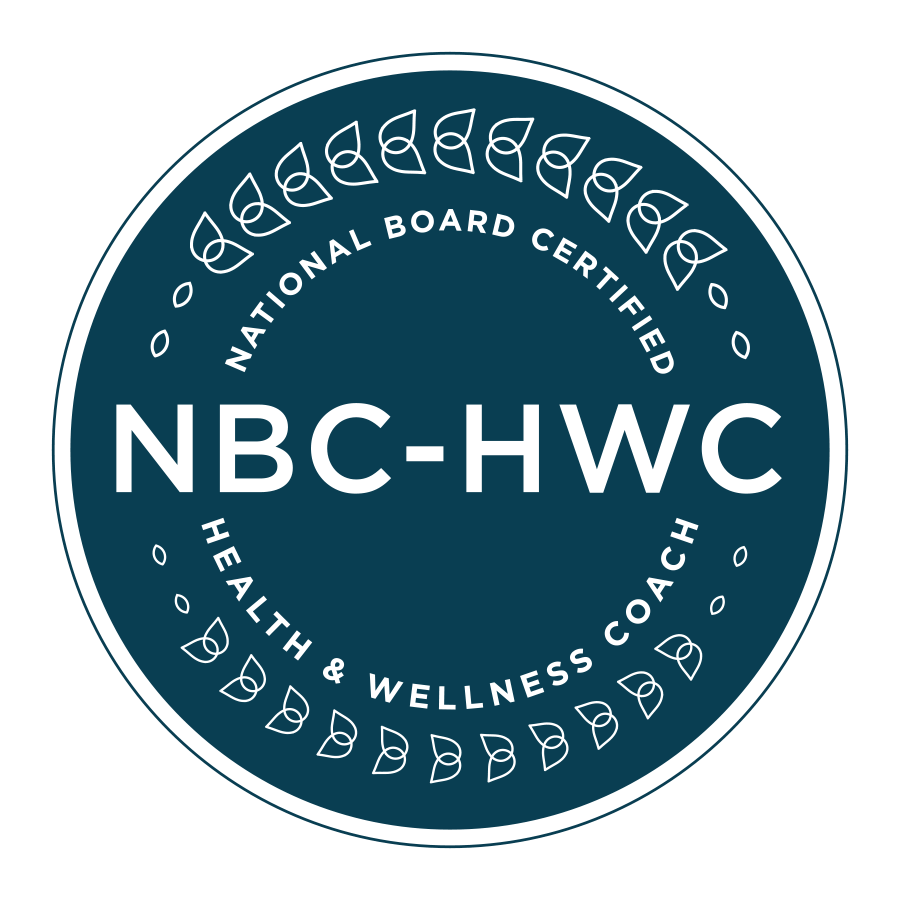Reconciliation—to be reconciled, to a person, a group, even a family. We often think in terms of forgiveness; however, forgiveness and reconciliation too often do not go together in our lives. HaShem (G-d) offers both forgiveness and reconciliation. He calls upon us to “forgive those who trespass (or sin) against us.” So what is reconciliation? How is it different than forgiveness? Let’s take a walk together to explore these critical concepts.
What is forgiveness?
Forgiveness is defined as:
to grant pardon for or remission of (an offense, debt, etc.); absolve
to give up all claim on account of; remit (a debt, obligation, etc.)
to grant pardon to (a person)
to cease to feel resentment against: to forgive one’s enemies
to cancel an indebtedness or liability of: to forgive the interest owed on a loan
to pardon an offense or an offender
These definitions all point to granting a pardon or canceling a debt to an individual or group. When Messiah said, “Father, forgive them, for they know not what they do,” He was asking HaShem to cancel the punishment and guilt for the sin of turning Him over to the Romans for execution. Furthermore, His sacrifice provided forgiveness for our sin debt, pardoning, or nullifying, our punishment for sin. So in that sacrifice we see forgiveness. We also see something else, equally as powerful—the way is now open for reconciliation!
What is reconciliation?
Reconciliation—to be reconciled, to a person, a group, even a family. We often think in terms of forgiveness; however, forgiveness and reconciliation too often do not go together in our lives. HaShem (G-d) offers both forgiveness and reconciliation. He calls upon us to “forgive those who trespass (or sin) against us.” So what is reconciliation? How is it different than forgiveness? Let’s take a walk together to explore these critical concepts.
Reconciliation is defined as:
to win over to friendliness; cause to become amicable: to reconcile hostile persons
to compose or settle (a quarrel, dispute, etc.)
to bring into agreement or harmony; make compatible or consistent: to reconcile differing statements; to reconcile accounts
to restore (an excommunicate or penitent) to communion in a church
Reconciliation through Messiah’s sacrifice means we not only were forgiven, we were reconciled: Restored to HaShem (G-d) and His family.
Pictures of reconciliation
Reconciliation can be described by an old saying that many will recognize: Reconciliation is “mending fences.” When we think about word pictures, this one is very accurate as it conveys the image of taking two broken strands of metal and reattaching them, one to the other, to form a continuous, unbroken strand. In relationships, reconciliation is mending lives to reform/restore a previous relationship that had been broken or badly damaged.
The best example seen in Scripture comes in two similar events occurring over 1000 years apart. The life of Yosef (Joseph) and Messiah are scriptural guides to reconciliation—reconciliation that was so powerful, it literally changed the world.
Yosef (Joseph) and reconciliation
We all are probably familiar with the story of Yosef (Beresheet) in Genesis 39. Yosef was the favored son. Sold into slavery by his jealous brothers, through HaShem’s miraculous intervention, he was raised to the position of the second-in-command of Egypt. In that position, his brothers came to him (they did not recognize him) to buy food during a time of famine. In a very emotional scene (in Hebrew it is incredibly powerful), he forgives his brothers their past sin of selling him into slavery (“what you meant for evil, HaShem meant for good”). If he had stopped there, it would have been a worthy story for all generations, but he went further: he was reconciled to them. He not only forgives them, he takes them in, provides food, and sends for their entire families.
In Yosef we see a picture of the coming Messiah. There is another subtle point: Yosef tests them to see if they have changed. When Benyamin (Benjamin) was to be held, Judah steps up and offers himself in place of his younger brother. This self-sacrifice for Benyamin has powerful overtones for the future and demonstrates repentance by Judah and elevates him to the head of Israel.
Yosef is overcome by emotion and reveals himself as their once-outcast brother. And we see the miracle of reconciliation as he and his family are reconciled to his brothers. Yosef is a prototype of Messiah—once thought as dead, he returns to his family and brings Israel forgiveness and reconciliation; their debt is paid.
Messiah and reconciliation
Like Yosef who was sold for silver, Messiah is sold for thirty pieces of silver. After the trial and turning Messiah over for execution, the leaders of Israel (representing the nation) are now guilty of grave sins and alienated from HaShem. Messiah, like Yosef, then forgives them on the execution stake (cross). This act is key, and it totally repudiates the claim that Jews are cursed for killing the Messiah. If Messiah forgives them, then He, as HaShem’s anointed, is forgiving them for all guilt for his execution. Note: Messiah says, “Forgive them; for they know not what they do.” He then goes one step further. Sin builds a wall between HaShem (G-d) and man. Messiah breaks through that wall by offering not only forgiveness, but also reconciliation: He reconciles us to HaShem. Sha’ul (Paul) says that we are reconciled to HaShem through Messiah’s sacrifice.
Modern examples of forgiveness and reconciliation
We see today remarkable examples of forgiveness and reconciliation. Pope John Paul II survived an assassination attempt and proceeded to not only forgive, but to offer reconciliation to his would-be killer. In this the Pope was acting out the life of Messiah. He was offering not only to forgive, he was offering to settle the debt and offer restoration to the man who had seen the Pope as an enemy. Not being Catholic, I can claim no expertise in their doctrine, but I understand that forgiveness and reconciliation are considered sacraments of the faith. In this I can only admire and respect the Catholic Church. The Pope’s action brings to mind what was said about Aharon (Aaron) our first High Priest. It is said he was a man of peace who always sought to heal relationships and settle quarrels.
We are taught “forgiveness is divine,” and this is very true. In the Talmidim’s prayer (L-rd’s prayer), we are taught to pray, “Forgive us our sins, as we forgive those who sin against us”; powerful words indeed. The implication of this prayer is that if we want to be forgiven, we have to forgive others. We should heed these words and be quick to forgive. We are also called to go one step further: we are then to restore the person to a relationship; we are to be reconciled.
HaShem was reconciled with us by Messiah’s sacrifice. We maintain that relationship by confessing our sins, turning away from them, and continuing in that relationship with HaShem. Should we not emulate that with our fellow human beings? Let us demonstrate the part of HaShem that lives in us. Let Him shine forth: forgive others and be reconciled. Not only will you be showing who your Heavenly Father is, you will be restoring a relationship what will leave ripples through time; you will be acting like your Savior. Who knows, that act may be the spark that ignites a fire in others to serve our G-d!







